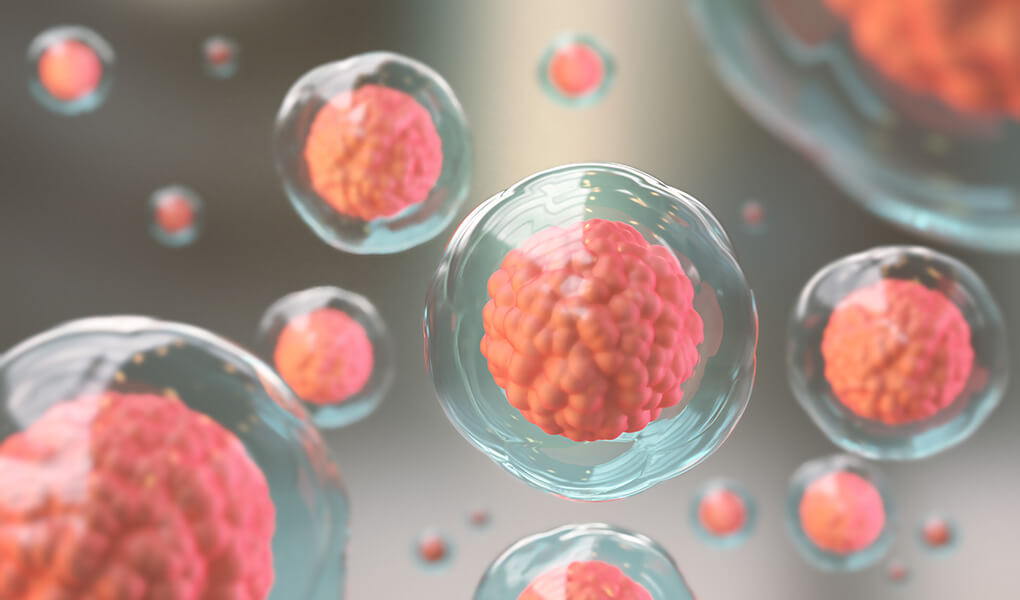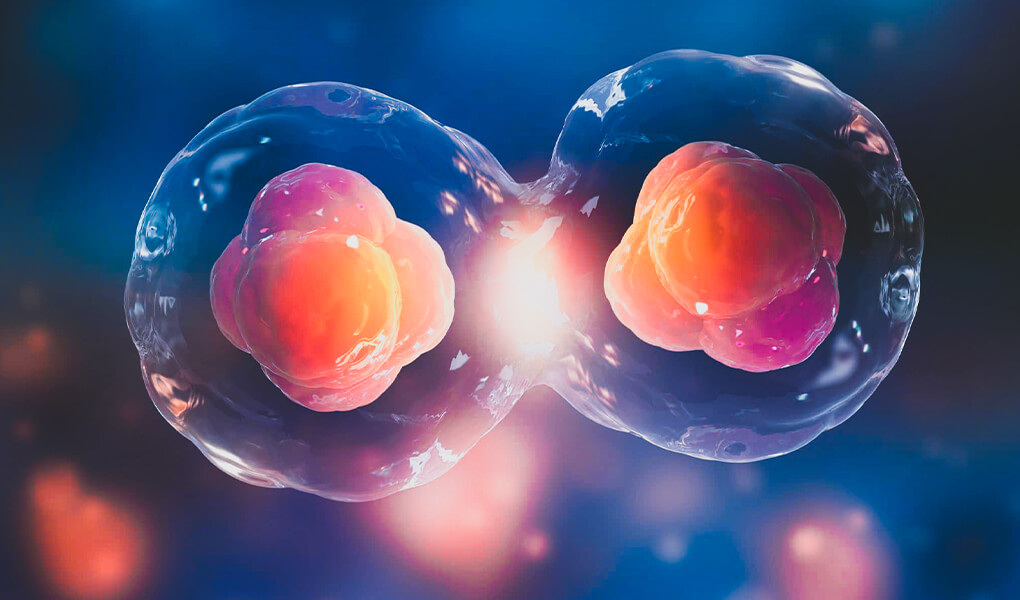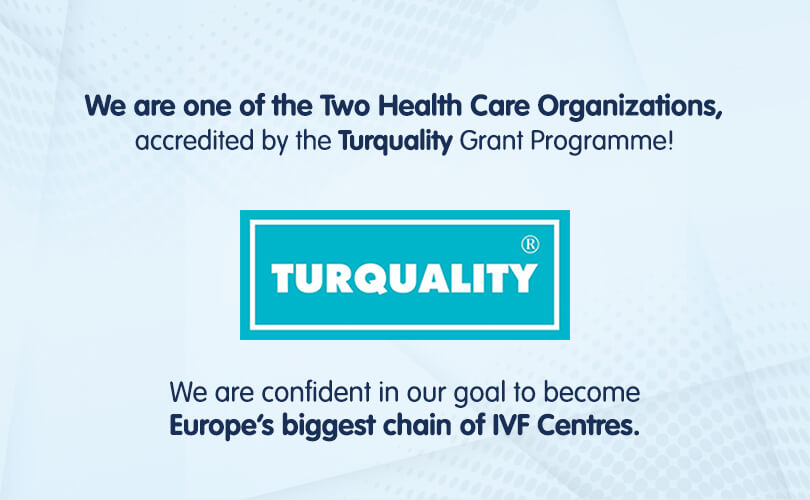On IVF treatments; “Egg Production with Stem Cell”, “Sperm Production with Stem Cell” and its impact on success rates are amongst the most frequently asked questions recently. On this article we will be answering the frequently asked questions.
What is Stem Cell?
In its simplest definition, stem cells are the cells that proliferate rapidly in any tissue or organ damage in our body and repair the damaged area.
When stem cells are mentioned, mostly stem cells found in bone marrow and cord blood come to mind but today stem cells can be obtained from different sources. Stem cells are also found in our reproductive organs. Stem cells play the most important role in the formation of sperm and egg cells, preservation of the functions of the ovarian and testicular tissues, and the reaching of the endometrium to the appropriate stage for pregnancy.
Stem Cell on IVF Treatment
In recent studies carried out today in experimental animals and human in limited number cases:
- In women who have been diagnosed with early menopause and / or do not respond to treatment despite drug stimulation,
- In women with intrauterine adhesion (Asherman’s syndrome), or if the intrauterine membrane is thin enough not to respond to the current treatment methods,
It has been shown that autologous stem cell transplantation may be used to treat infertility.
However, the studies are significant experimental studies and should not be interpreted as proven and proven treatments in routine clinical practice.
Stem Cell in Male Infertility Treatments
It is possible to achieve pregnancy and live birth by obtaining sperm via surgical operation in almost half of the men with azoospermia, where sperm is not found in the semen. Stem cells are considered in the treatment on patients where we cannot find sperm in surgical procedures. However, a significant proportion of these patients do not have stem cells that turn into sperm or have been lost over time due to external influences such as toxic chemicals, childhood febrile diseases, or developmental problems, or their numbers and functions have decreased significantly. This kind of stem cell therapies on sperm production are still being tested in experimental animal models in such cases.
The most important point that should be kept in mind in stem cell treatment approaches for sperm production is the limited ability of the bone marrow, cord blood and adipose tissue stem cells to convert into sperm stem cells.
Although the findings are promising, the application procedures and results indicate that treatment is not yet ready for routine clinical practice.










Be the first to comment